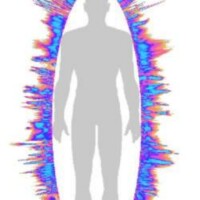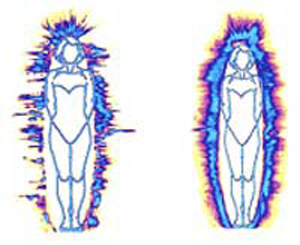





 Over the last 20 years the interstitital cystitis(IC) complex of pelvic and bladder pain has been successfully treated by urologists with botox Initially used as a way to focally paralyze muscle fibers in the face as a cosmetic application, it quickly crossed many lines of therapy for use in other organ systems in the body to include the bladder
Over the last 20 years the interstitital cystitis(IC) complex of pelvic and bladder pain has been successfully treated by urologists with botox Initially used as a way to focally paralyze muscle fibers in the face as a cosmetic application, it quickly crossed many lines of therapy for use in other organ systems in the body to include the bladder
The use of the agent in bladder injection therapy is that the bladder and pelvic pain is related to muscle spasm in these respective areas that paralysis of the muscles would reduce the pain
In the disease of IC the matter science medical thinking in justifying botox’s use is that the pelvic pain and burning is caused by a neuromuscular event in the pelvic nerves And that the individual symptom complex(bladder pain in one, vaginal pain in another, pudendal nerve involvement leading to perineal pain in another) could be dealt with by botox injection into the offending pelvic nerves
The success reported using bladder injection therapy is for a number of conditions that have associated with the problem an overactive bladder(OAB) Neurologic conditions such as multiple sclerosis, bladder overactivity from traumatic cord injury, and nonapparent neurological disease such as urinary incontinence have been treated with good success
As I wrote in a recent post about the use of the interstim, the primary indication for botox and the interstim device appears to be OAB for whatever etiology Injection of the botox is usually done 20-30 sites in the bladder and those with an apparent Hunner’s ulcer would have direct and peripheral injection around the lesion
Of course spreading from the area of local injection can have potential lethal consequences(the number of FDA reported deaths linked to botox are rare given the usage, 28 since 2000 monitoring began) But what is more important are side effects that don’t result in respiratory distress such as swallowing and breathing problems
It’s clear that the pelvic accumulation and localization of the hot and mobile qualities in IC that I have discussed in the past come from the GI tract according to the energy science model of healing
The isolated botulinum toxin produced by a bacterium reduces specific muscle activity by blocking the overactive neural impulses that trigger excessive muscle contraction activity The use in IC is based on the theory that the spasm responsible for the IC pain is caused by overactive pelvic nerves that are irritable for some unknown reason
Localized injection into the bladder muscle may produce transient relief but long term relief from the condition leading to OAB may not deal with the global neuromuscular problem
There are basically two problems with botox injection therapy
1 If there is burning pain in the pelvis or the bladder with urination botox is unlikely to deal with the problem of interstitial cystitis Botox causes a neuromuscular blockade but will not deal with sensory changes such as burning
2 There is a belief in research circles that IC is actually a pelvic disorder not just involving the bladder Attempting to block a spastic pelvic floor would be futile and dangerous
So what causes these overactive pelvic nerves to occur in the first place? From an energy science perspective the pelvic neuromuscular complex is in a heightened state of activity due to the mobile quality and the burning shearing pain from the hot quality Trigger point injection to areas of pain may work transiently but as said earlier, one can’t inject the entire pelvic floor as these energetic qualities are throughout the pelvis including the bladder
Get every new post delivered to your Inbox
Join other followers
Leave a Reply